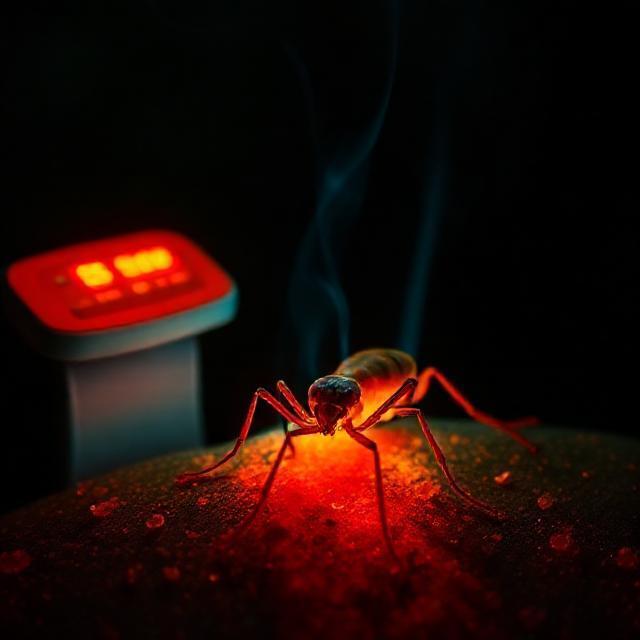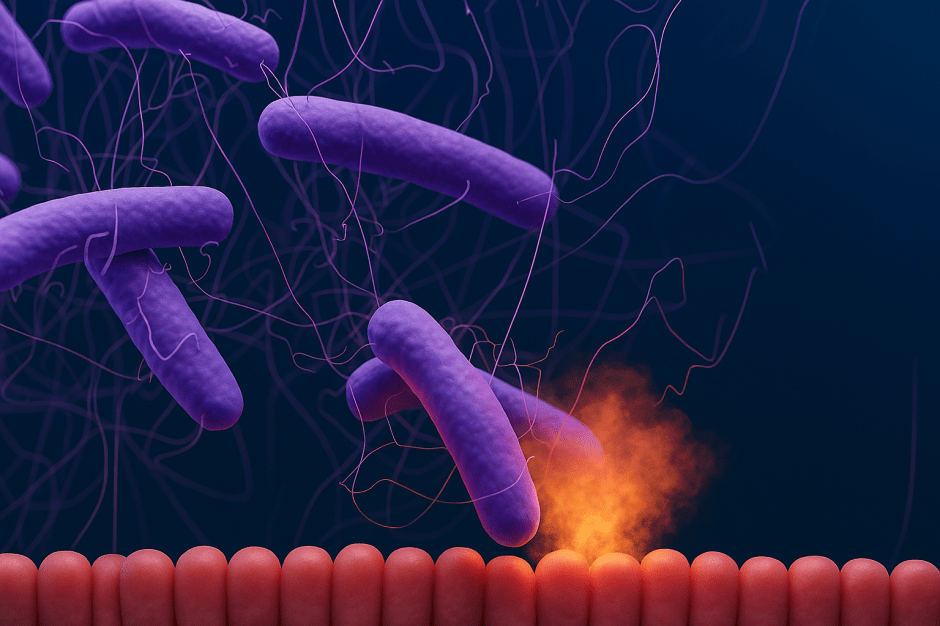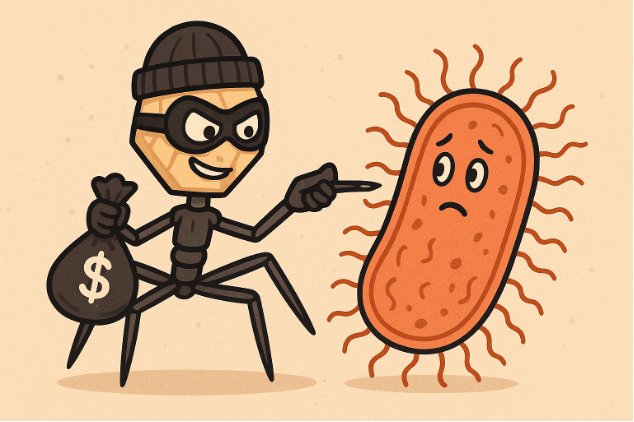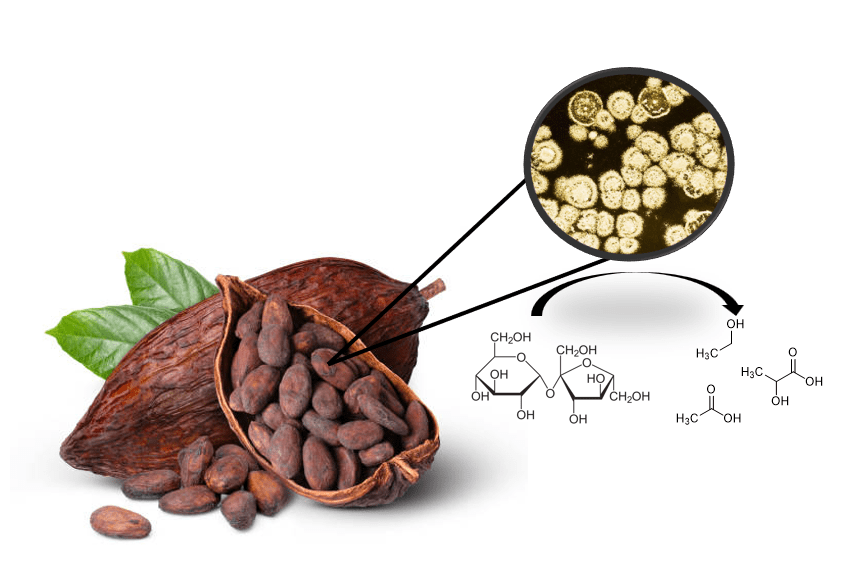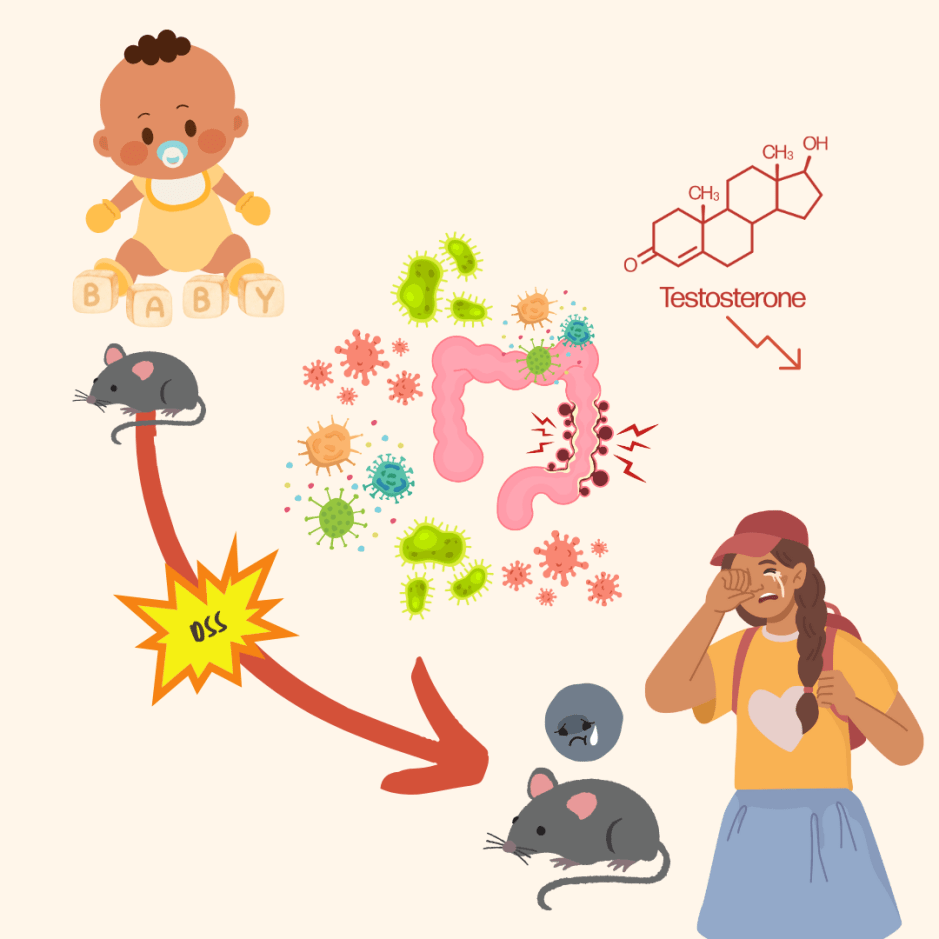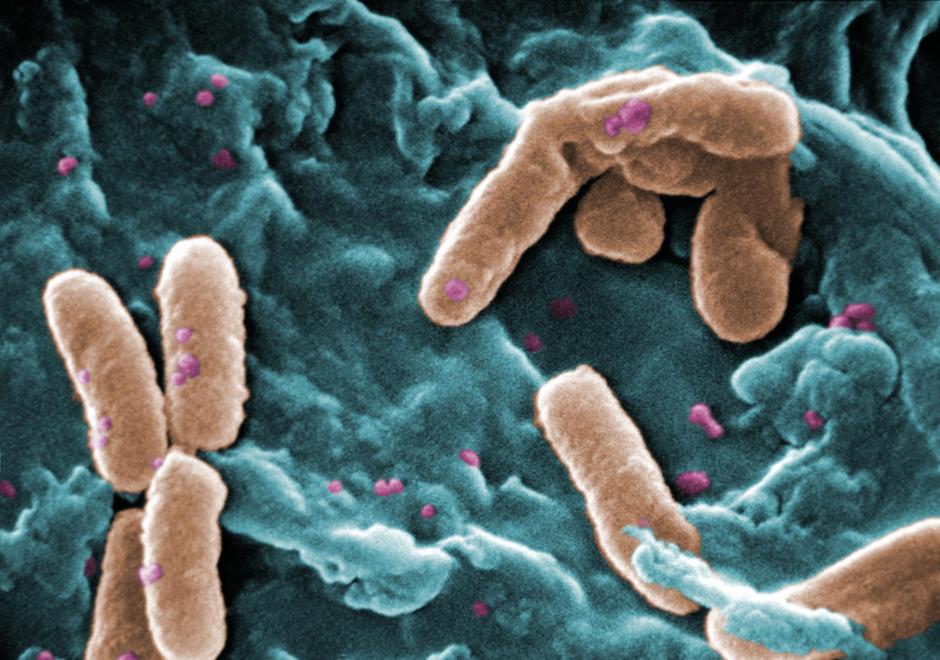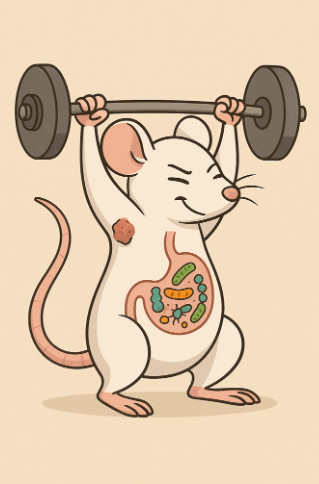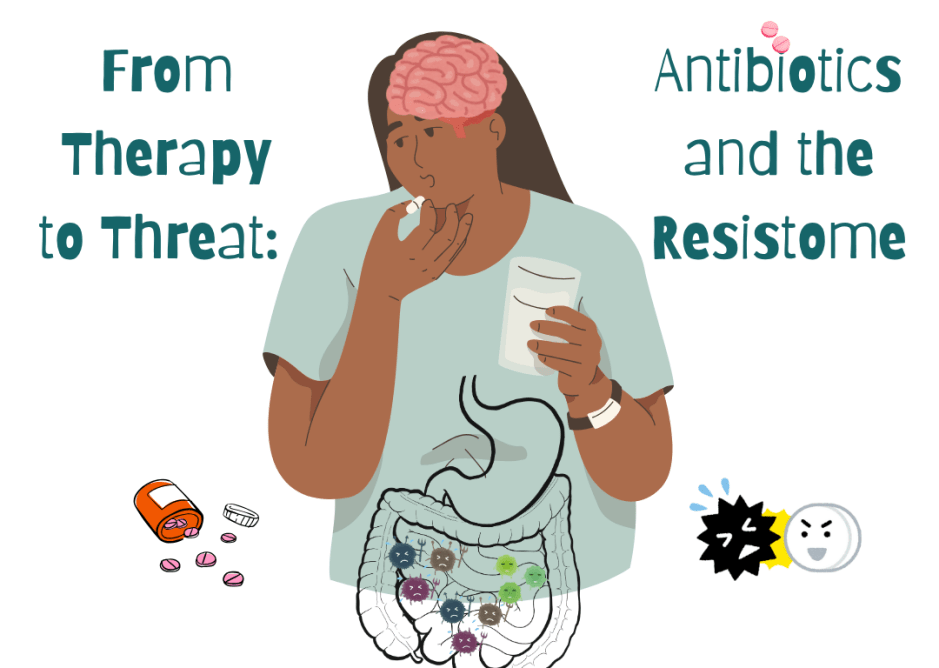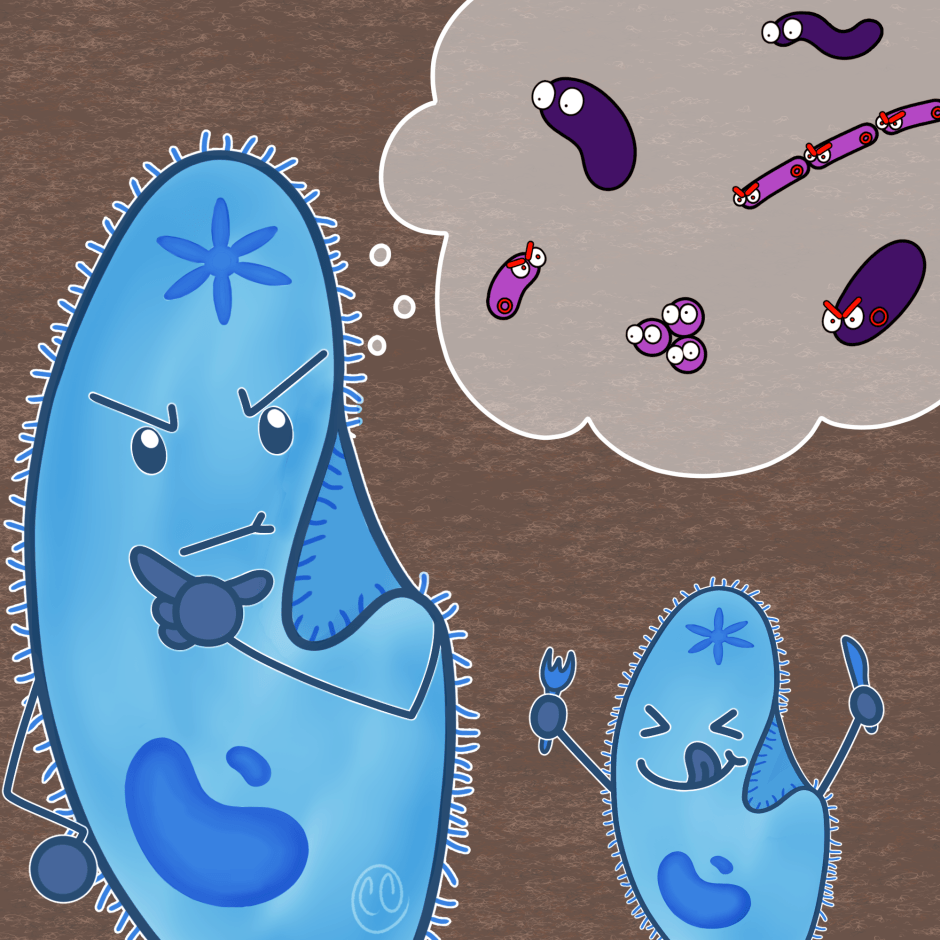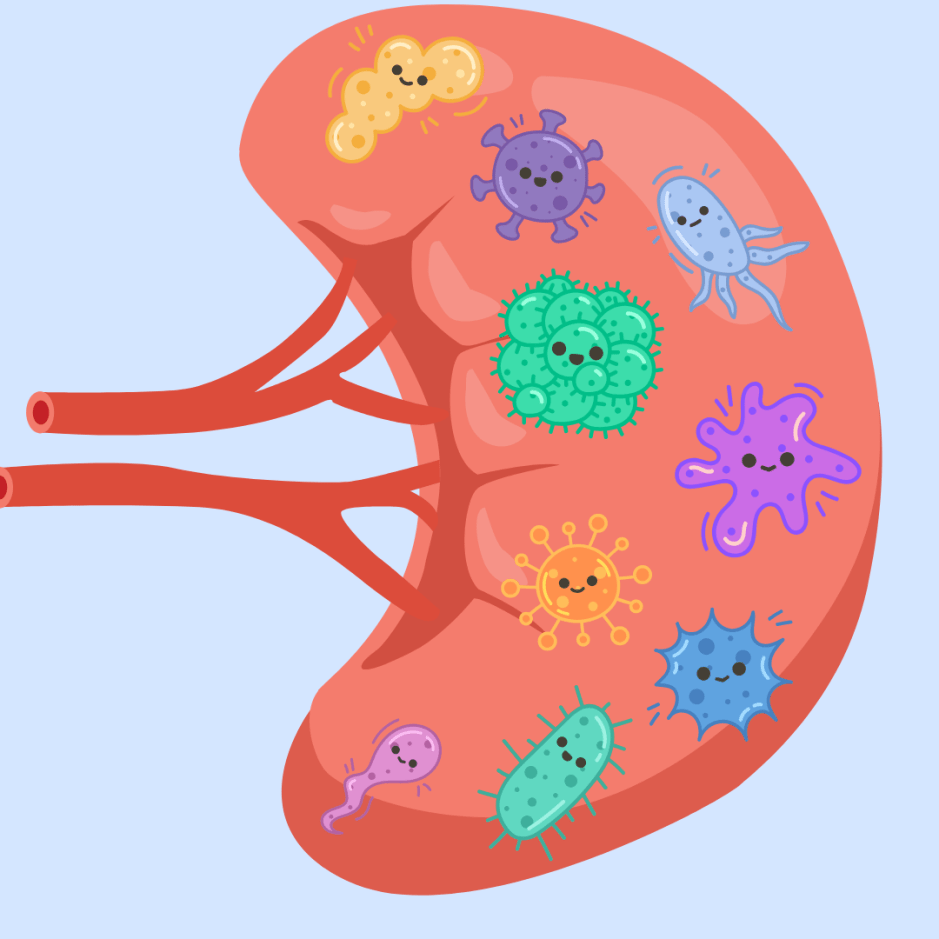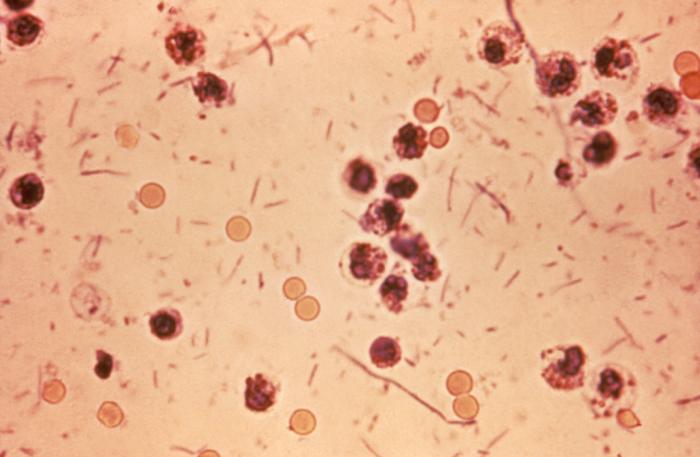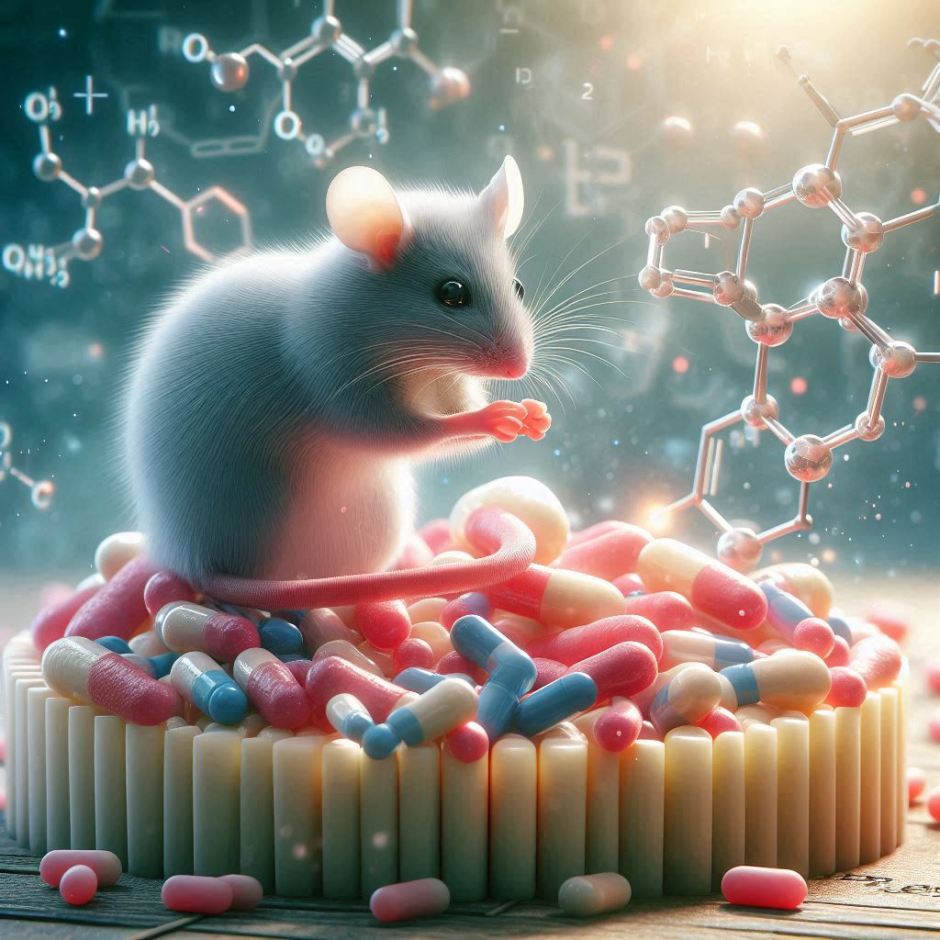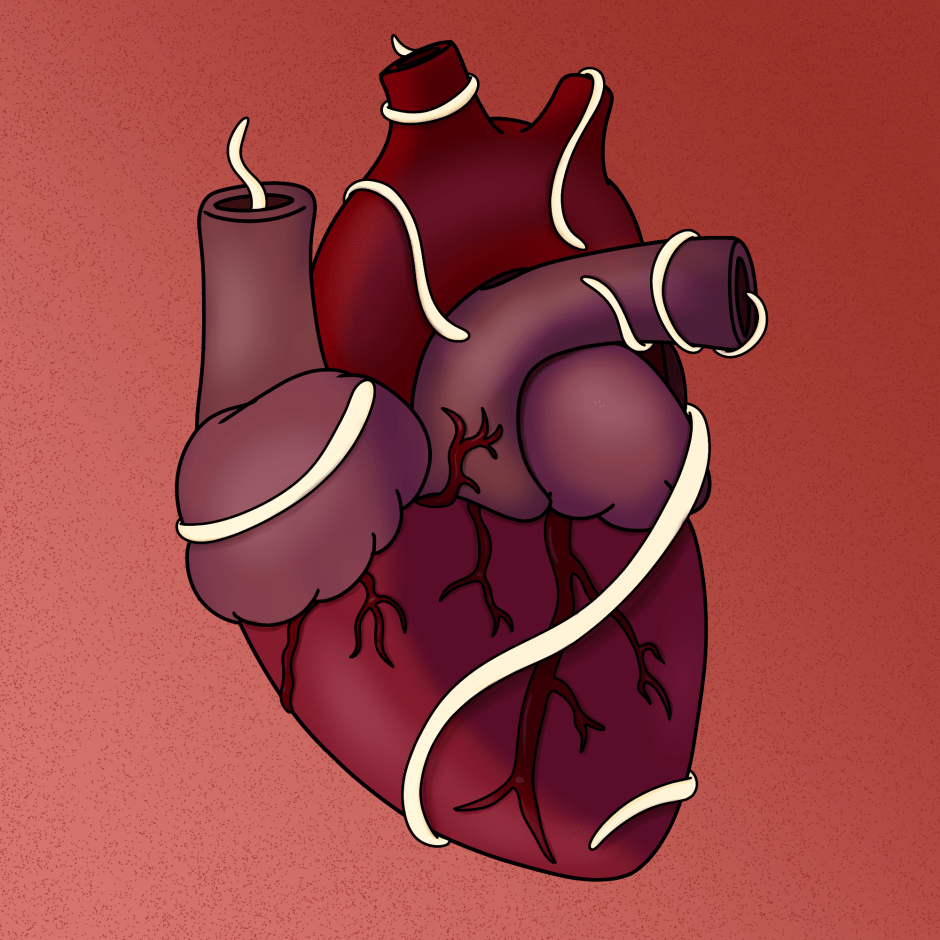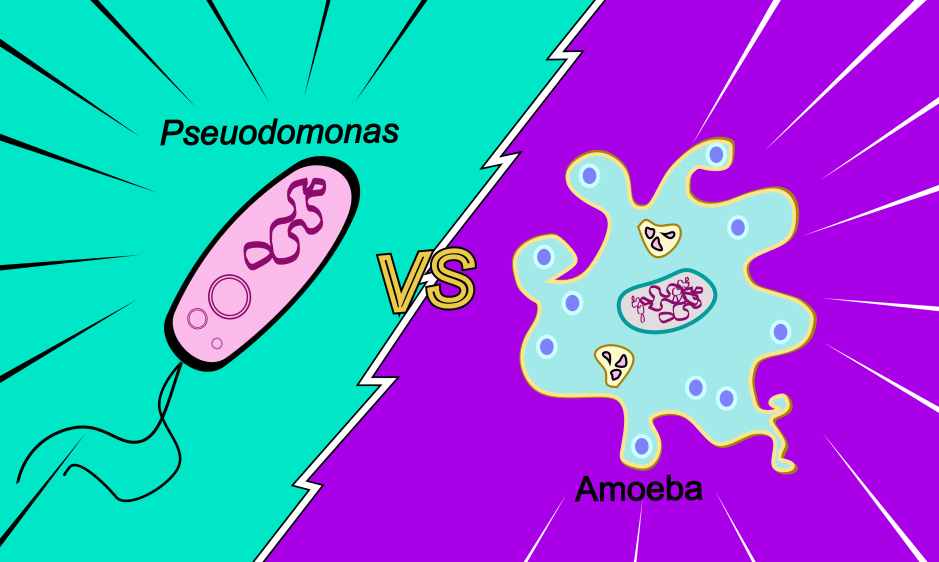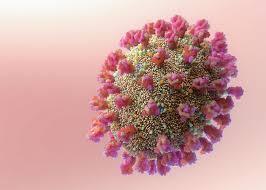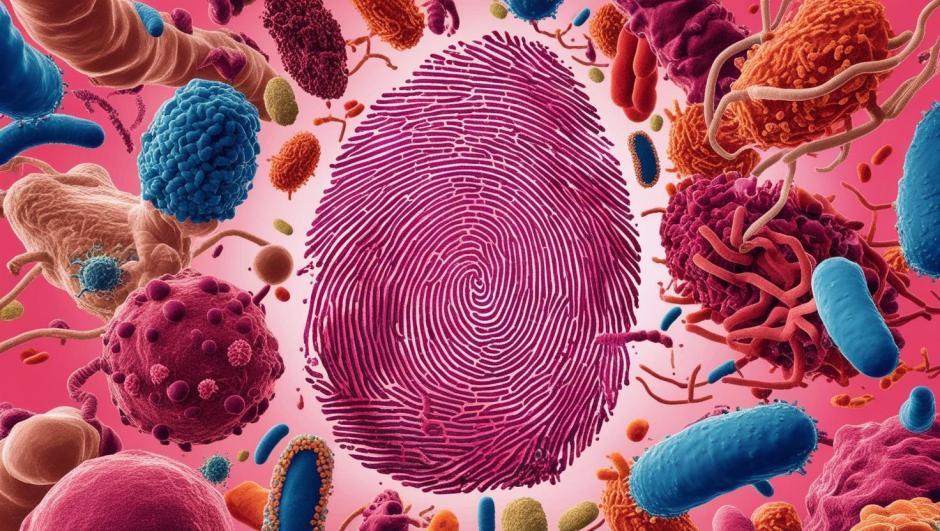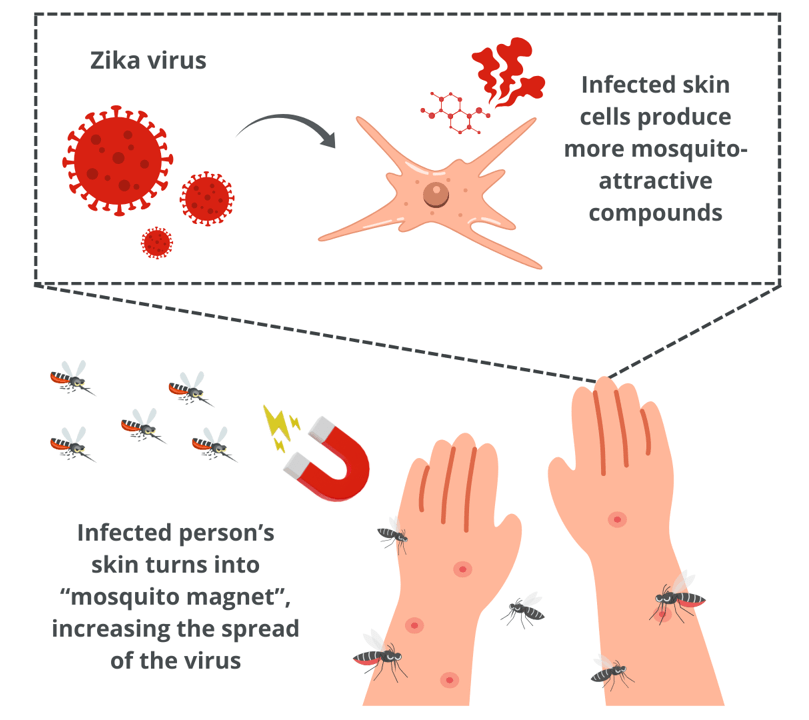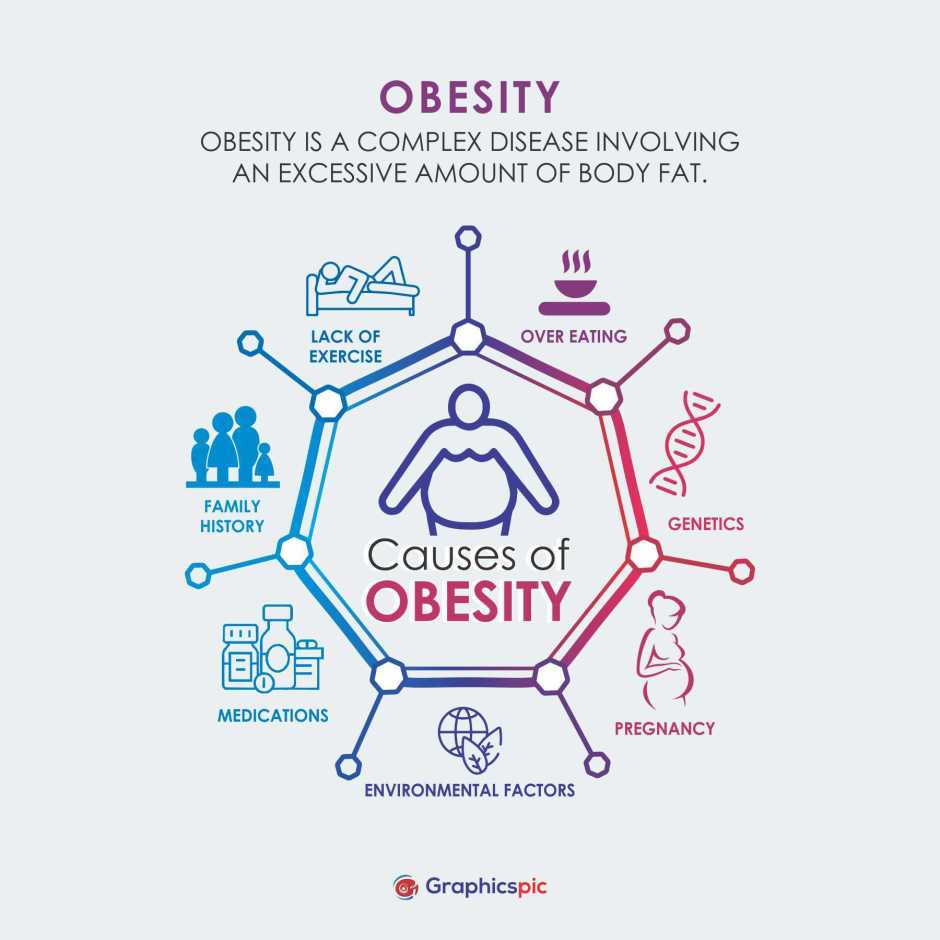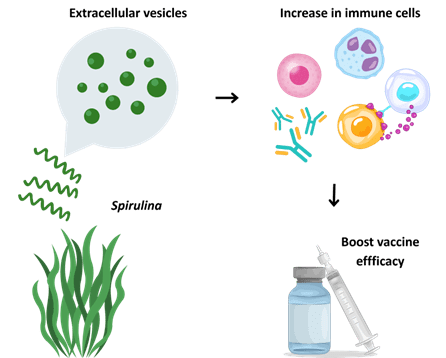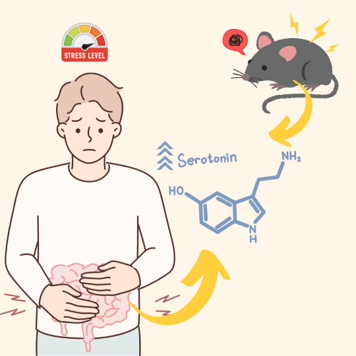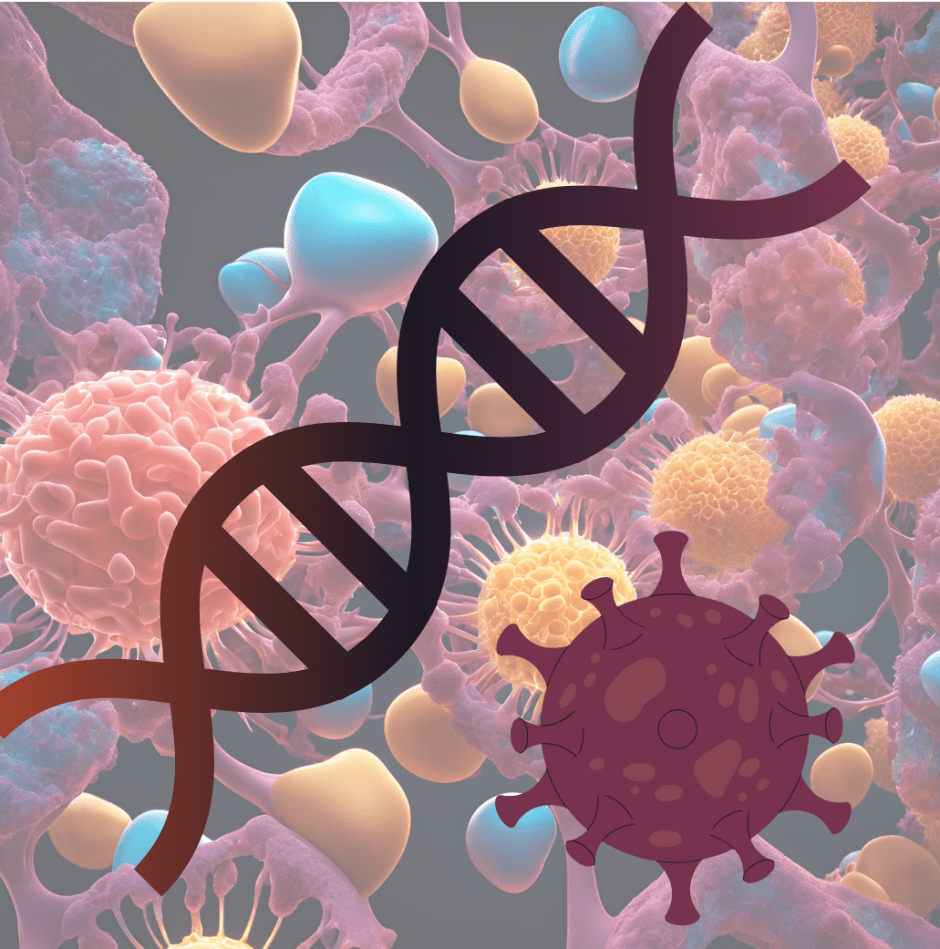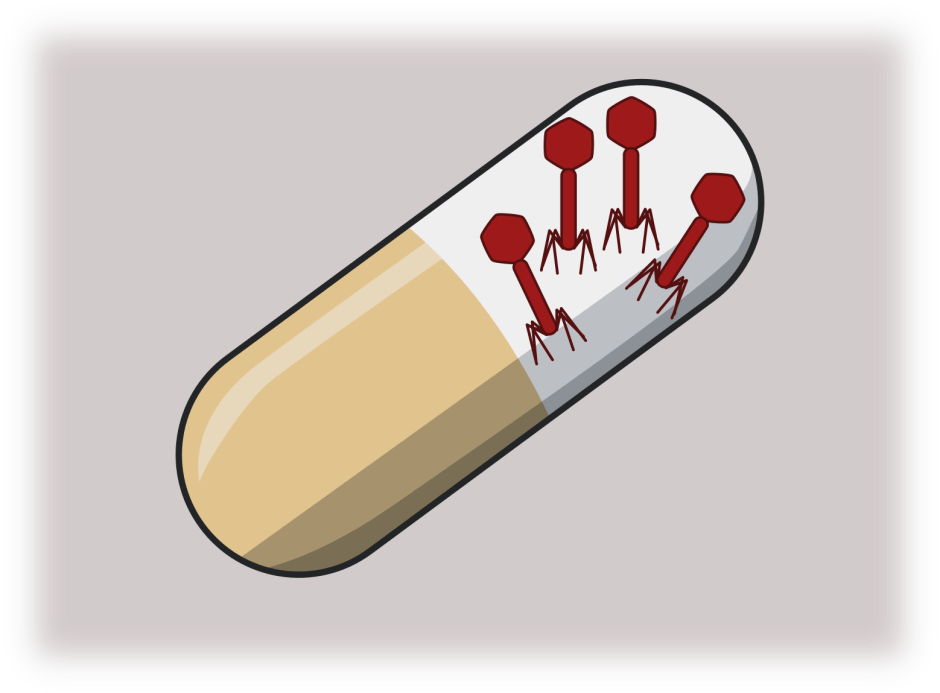
Breaking down the microbiology world one bite at a time
Tracking the microbiome across the human body
The link between microbes and human health is becoming more and more established. For example, certain gut microbes might be related to diabetes, mental disorders, and chronic stress. However, there is still a lack of large data sets on humans that follow people consistently over time. Many studies are done on mice, and studies often focus on one body site such as the gut.
In this big study by researchers from among others Stanford Medical Center, researchers gathered data from 86 people over 6 years, from 4 different places (“body sites”): the stool, the mouth, the nose, and the skin. The goal of the study was to examine the relationships between the microbes on multiple body sites, as well as their link to human health and prediabetes.
Every 3 months, the researchers gathered samples containing a lot of information from the people participating in the study. First of all, they measured the composition of the microbiome at each body site. They did this by DNA sequencing of the 16S rRNA gene: this is a gene that is often used in microbiome studies as a molecular fingerprint. By looking at which variations of this sequence are present in a sample, researchers can identify which species it contains.
Secondly, the researchers did multi-omics: they measured the presence of different molecules: proteins, metabolites, and lipids.

Thirdly, the researchers measured the cytokines present in the samples – an indication of the amount of inflammation. Lastly, the study looked at clinical markers: measurements describing the health of the patients. From one of these measurements, the glucose concentration in the blood, the researchers could mark some patients as insulin-resistant, indicating they were prone to develop diabetes.
By analyzing this big data set, the researchers managed to find some interesting links between the microbiome at different body sites, pre-diabetes and human health.
When comparing microbiomes between people, there was a core microbiome that was more or less the same for everyone and relatively stable over time. This core microbiome consisted of the groups of species (genera) that were present in a high percentage of individuals. This core microbiome contained more genera in the stool and the mouth (about 25) than in the skin and nose (only 3). The researchers found that this core microbiome changed in size and stability in insulin-resistant individuals: in the stool, they had a smaller number of core genera, whereas the skin of insulin-resistant people showed an increase in genera associated with infections and an imbalanced microbiome.
Besides differences in the core microbiome, the researchers found some other striking differences between the microbiomes in different body sites. For example, they showed that the stool microbiome changes only slowly over time, whereas the nose microbiome changes the fastest.
Moreover, the skin and nose microbiomes were shown to be correlated: changes in the skin microbes would lead to changes in the nose microbes and vice versa. This could be thanks to the fact that both organs are connected to the mucosal system, through which they could exchange microbes and metabolites.
Interestingly, the skin and mouth microbiomes were also correlated, but not in insulin-resistant individuals. The researchers suggested that this difference could be caused by the dysregulation of either the mouth or the skin microbiome in these individuals.
The obtained data set contains 3,058 patient visits – each consisting of 5432 biological samples – providing a wealth of information. In this paper, the researchers used the data to show a variety of interesting links and correlations between microbiomes, body sites, and insulin resistance, and there might be more discoveries to be made upon further analysis. These discoveries, in turn, further deepen our understanding of the link between microbes and human health.
Link to the original post: Zhou et al., Longitudinal profiling of the microbiome at four body sites reveals core stability and individualized dynamics during health and disease, Cell Host & Microbe (2024), https://www.sciencedirect.com/science/article/pii/S1931312824000568?via%3Dihub
Featured image: Adapted from Zhou et al. 2024



